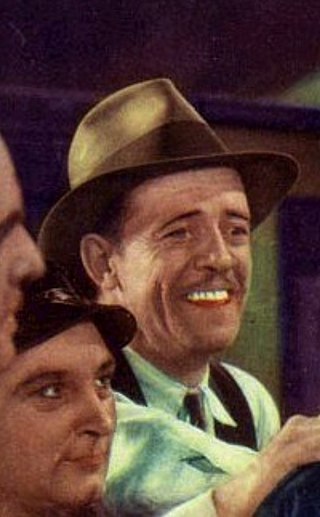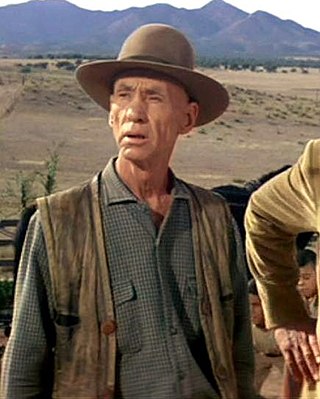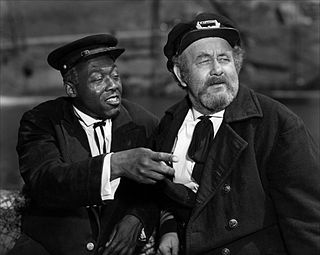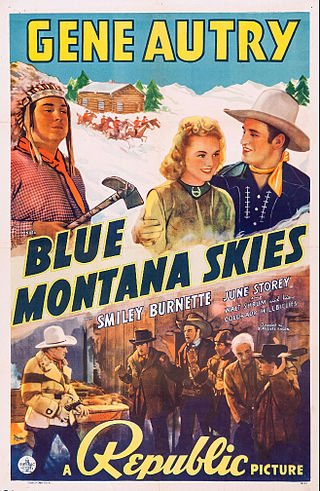
Brownsville is a city in the U.S. state of Texas and the seat of Cameron County, located on the western Gulf Coast in South Texas, adjacent to the border with Matamoros, Tamaulipas, Mexico. The city covers 145.2 sq mi (376.066 km2), and had a population of 186,738 at the 2020 census. As of the 2020 U.S. Census, it is the 139th-largest city in the United States and 18th-largest in Texas. It is part of the Matamoros–Brownsville metropolitan area. The city is known for its year-round subtropical climate, deep-water seaport, and Hispanic culture.

Matamoros, officially known as Heroica Matamoros, is a city in the northeastern Mexican state of Tamaulipas, and the municipal seat of the homonymous municipality. It is on the southern bank of the Rio Grande, directly across the border from Brownsville, Texas, United States. Matamoros is the second largest city in the state of Tamaulipas. As of 2016, Matamoros had a population of 520,367. In addition, the Matamoros–Brownsville Metropolitan Area has a population of 1,387,985, making it the 4th largest metropolitan area on the Mexico–US border. Matamoros is the 39th largest city in Mexico and anchors the second largest metropolitan area in Tamaulipas.

The Battle of Palmito Ranch, also known as the Battle of Palmito Hill, is considered by some criteria the final battle of the American Civil War. It was fought May 12 and 13, 1865, on the banks of the Rio Grande east of Brownsville, Texas, and a few miles from the seaport of Los Brazos de Santiago, at the southern tip of Texas. The battle took place more than a month after the surrender of the Army of Northern Virginia under Robert E. Lee to Union forces at Appomattox Court House, which had since been communicated to both commanders at Palmito. In the intervening weeks the Confederacy had collapsed entirely, so it could also be classified as a postwar action.

Dorothy Malone was an American actress. Her film career began in 1943, and in her early years, she played small roles, mainly in B-movies, with the exception of a supporting role in The Big Sleep (1946). After a decade, she changed her image, particularly after her role in Written on the Wind (1956), for which she won the Academy Award for Best Supporting Actress.

Tom London was an American actor who played frequently in B-Westerns. According to The Guinness Book of Movie Records, London is credited with appearing in the most films in the history of Hollywood, according to the 2001 book Film Facts, which says that the performer who played in the most films was "Tom London, who made his first of over 2,000 appearances in The Great Train Robbery, 1903. He used his birth name in films until 1924.

Fort Brown was a military post of the United States Army in Cameron County, Texas, during the latter half of the 19th century and the early part of the 20th century. Established in 1846, it was the first US Army military outpost of the recently annexed state. Confederate Army troops stationed there saw action during the American Civil War. In the early 20th century, it was garrisoned in relation to military activity over border conflicts with Mexico. Surviving elements of the fort were designated as a National Historic Landmark in 1960.

Colorado Territory is a 1949 American Western film noir directed by Raoul Walsh and starring Joel McCrea, Virginia Mayo, and Dorothy Malone. Written by Edmund H. North and John Twist, and based on the novel High Sierra by W.R. Burnett, the film is about an outlaw who is sprung from jail to help pull one last railroad job.

Hank Worden was an American cowboy-turned-character actor who appeared in many Westerns, including many John Ford films such as The Searchers and the TV series The Lone Ranger.

Charles Randolph "Chubby" Johnson was an American film and television supporting character actor with a genial demeanor and warm, country-accented voice.

Hangman's Knot is a 1952 American Western film written and directed by Roy Huggins and starring Randolph Scott, Donna Reed and Claude Jarman. The film is about a group of Confederate soldiers, unaware that the Civil War is over, who intercept a shipment of gold escorted by Union cavalry troops and are then pursued by a renegade posse. Hangman's Knot was filmed on location in the Alabama Hills in Lone Pine, California.

Robert Donald Walker was an American film actor. He appeared in more than 200 films between 1913 and 1953. He was born in Bethlehem, Pennsylvania and died in Los Angeles.

Charlie Chan in Shanghai is the ninth Charlie Chan film produced by Fox Film Corporation with the title character played by Warner Oland.

Joint Operation Nuevo León-Tamaulipas is an anti-drug joint operation in two Mexican states of Tamaulipas and Nuevo León by Federal Police and the Mexican Armed Forces. The objective of the joint operation is to eliminate Los Zetas and Gulf Cartel operations in the area. So far, many cartel members have been either killed or arrested. Recently Los Zetas and the Gulf Cartel have broken relations and started fighting each other.

Five Guns West is a 1955 Western film set during the American Civil War directed by Roger Corman. It was Corman's first film as director although he had already made two as producer. It was the second film released by the American Releasing Company, which later became American International Pictures.

Operator 13 is a 1934 American pre-Code romance film directed by Richard Boleslawski and starring Marion Davies, Gary Cooper, and Jean Parker.

Montana is a 1950 American Western film directed by Ray Enright and starring Errol Flynn. It was only the second time Flynn played an Australian on screen, the first time being Desperate Journey (1942).

Blue Montana Skies is a 1939 American Western film directed by B. Reeves Eason and starring Gene Autry, Smiley Burnette, and June Storey. Based on a story by Norman S. Hall and Paul Franklin, the film is about a singing cowboy who goes up against a gang of fur smugglers operating near the Canada–United States border.

On March 14, 1989, University of Texas at Austin student Mark James Kilroy was kidnapped in Matamoros, Tamaulipas, Mexico, while vacationing during spring break. He was taken by his abductors to a ranch where he was tortured and sodomized for hours before being murdered in a human sacrifice ritual. Kilroy was killed with a machete blow and then had his brain removed and boiled in a pot. His killers then inserted a wire through his spinal column, amputated his legs at the knees, and buried him at the ranch along with 14 other people who had been killed there before him. Adolfo Constanzo, the leader of the cult, told his followers that human sacrifice granted them immunity from law enforcement for their drug smuggling operations. The killing drew worldwide media attention and initiated an international police manhunt because of the unusual circumstances of the crime.
Adrián J. Vidal was a Mexican soldier who fought in both the American Civil War and the Mexican War against France in the 1860s. He served the Confederate States of America Army from October 1862 to 1863, when he and his troops defected. He was branded a traitor, having killed one Confederate soldier, wounded another, and killed as many as ten or more individuals. He was said to have planned an attack on Brownsville after defecting from the Confederate Army. In the end, General Hamilton P. Bee ordered that Fort Brown and Brownsville be set on fire, destroying large quantities of cotton and military goods under the watchful eyes of 400 Union troops as well as Juan Cortina and his soldiers on the opposite bank of the Rio Grande. The next month, he enlisted in the Union Army, serving just six months. During that time he captured an Army tugboat and its crew. He then fought under General Juan Cortina during the Second French intervention in Mexico. Vidal was captured by the French who executed him by a firing squad in June 1865.

Mifflin Kenedy (1818–1895) was a rancher, steamboat operator, and investor who settled in Texas. He began his steamboating career on the Ohio, Mississippi, and Missouri Rivers. He then went to Texas and northern Mexico, where he helped get many steamboats to the Rio Grande area during the First Cortina War (1859–1860). Using the Corvette, he transported General Zachary Taylor and his soldiers on the Rio Grande and then overland to Camargo, Mexico. He became successful during the Civil War when he transported goods along the Rio Grande. Kenedy operated ranches and invested in railroads in Texas, some of them in partnership with Richard King. He was among the first ranchers to fence in his ranches, starting with the 36-miles of fencing around Laureles Ranch. Kenedy was inducted into the Hall of Great Westerners.



















